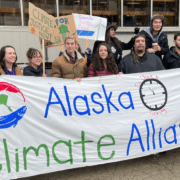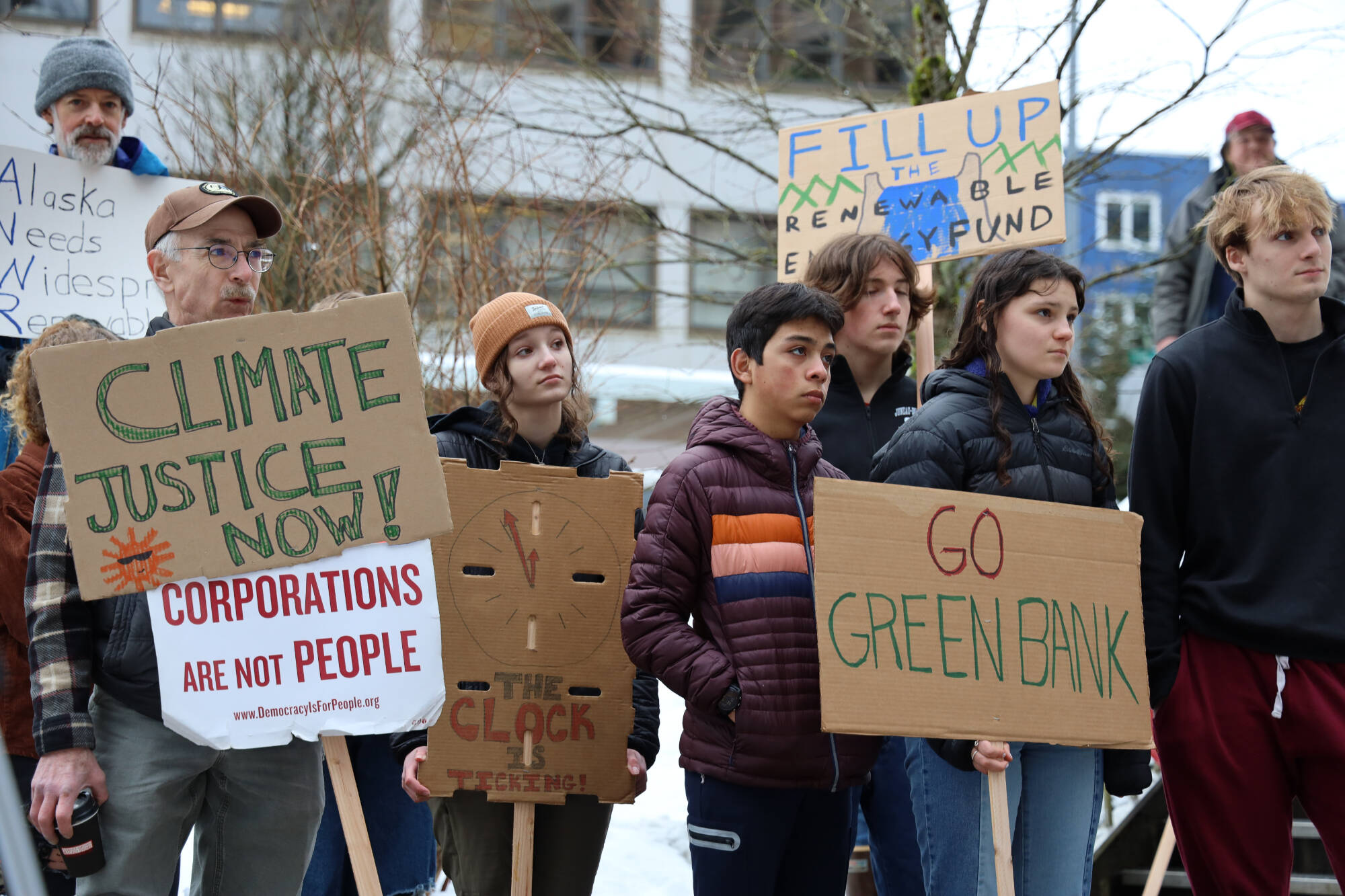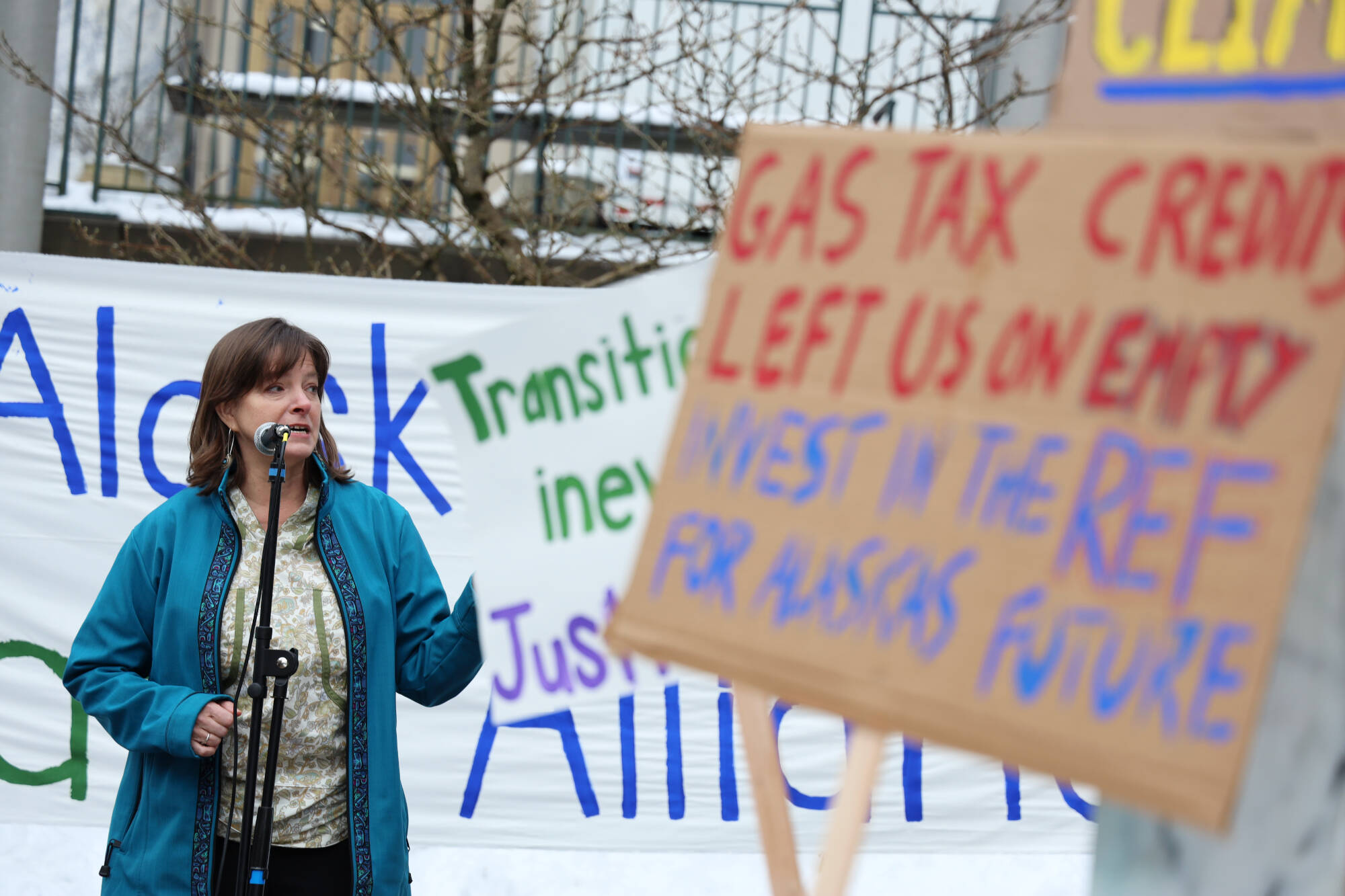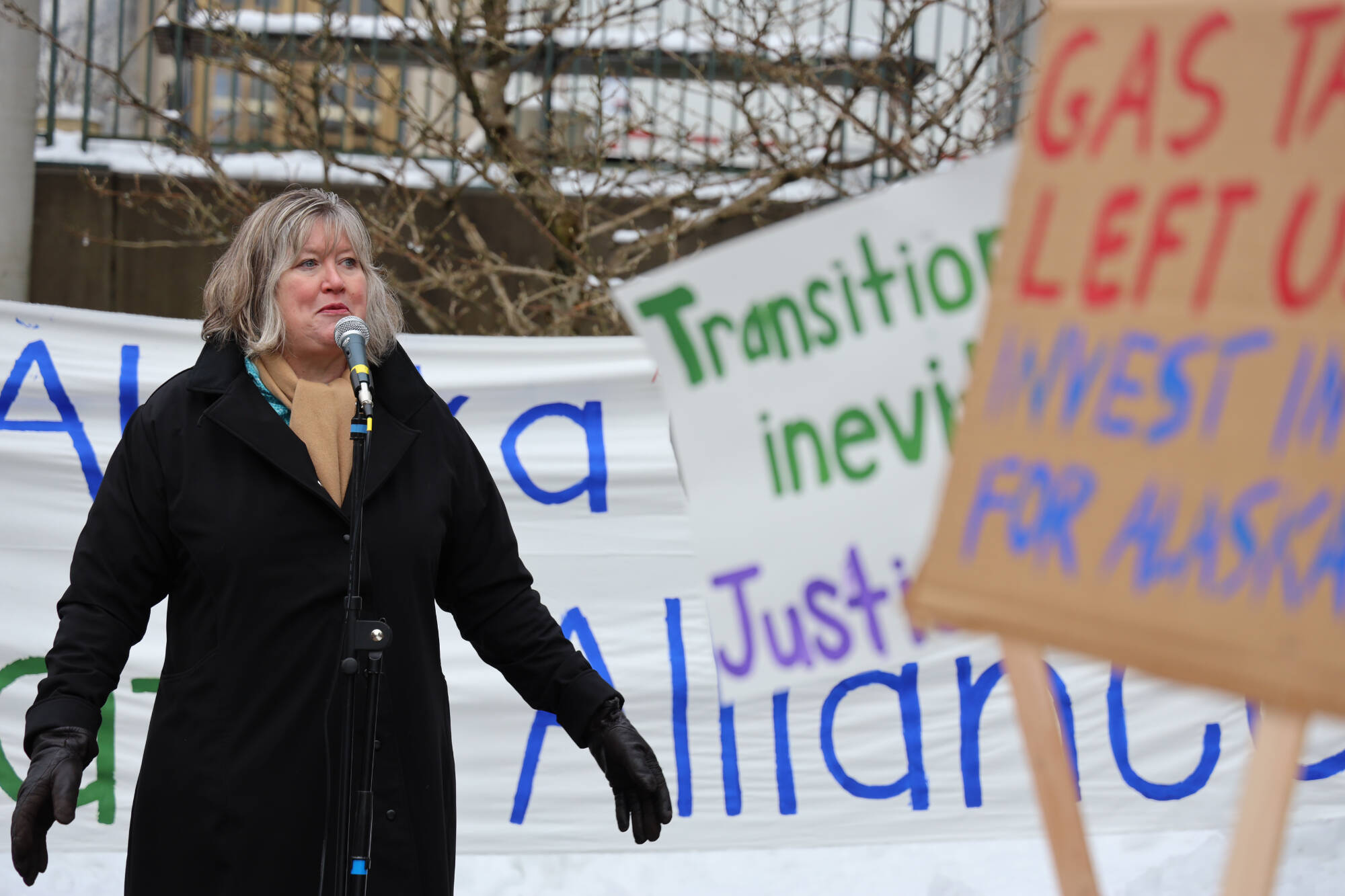An RPS Revival
[cs_content][cs_element_section _id=”1″ ][cs_element_layout_row _id=”2″ ][cs_element_layout_column _id=”3″ ][cs_element_text _id=”4″ ][cs_content_seo]The Renewable Portfolio Standard (RPS) policy has been revived and resurrected from the past legislature, and looks at this point much better than the version that died in committee last year. SB 101 was recently introduced in the Senate, and a companion was introduced in the House, HB 121. These bills establish renewable energy benchmarks for electric utilities to meet in an effort to transform our electric energy sources away from fossil fuels. Like last year’s proposal, utilities would be required to provide electricity from renewable energy resources in the following percentages and by the following dates – 25% by December 31, 2027; 55% by December 31, 2035; and 80% by December 31, 2040. If a good faith effort is not made by utilities to reach these percentages, fines are levied.
Unlike last year’s severely watered-down and over-complicated version – this new legislation starts fresh. It does not allow nuclear energy to be considered “renewable,” nor does it allow waste heat recovery from natural gas combustion to be categorized as “renewable.” Both items will surely be on the utility wish list for amendments to the RPS as it moves forward. To increase residential solar energy as a way of contributing more renewable electrons to the grid, the new RPS policy modifies the existing net energy metering policy by allowing home and business owners who put up solar panels and accrue credits for the energy production beyond what they use, to use these credits throughout the year. Current regulations require that all surplus energy is credited to your next month’s bill. This RPS also sweetens the solar pot by requiring that the credits for surplus energy be at the utility’s retail rate. Current solar regulations nickel-and-dime home solar producers by crediting their surplus energy at a much lower rate.
Anticipate electric utilities uniformly chafing at the idea of having their investment decisions mandated by the legislature, but don’t be fooled – transmission, generation, and distribution of electricity are inextricably linked to public regulation and swayed by public policy decisions. This happens daily, across the nation. To be fair, these decisions are complex. The process of filing tariffs and making rate cases before regulators can be time-consuming and costly, but it is simply the price of doing business as a utility.
Utility managers have a unique advantage in swaying lawmakers as they are the experts in the energy field, while most of our elected officials juggle general knowledge of multiple matters and seek out experts to inform their decisions. Hence, when a complex piece of legislation is brought up in committee, those with significant technical, financial, and legal knowledge are often given greater deference. However, in the case of our unique, member-owned, Board of Director-governed non-profit utilities, we Alaskan rate-payers need to be heard, loudly, in the legislative process. We are the ones paying extremely high electric rates as the price of natural gas increases due to looming supply shortages.
This is the right time for an RPS policy. The legislature has recently mandated that utilities work together to craft system reliability standards and a planning process for new generation. The federal government has unleashed billions of dollars for renewable energy, including a direct payment for non-profit utilities that build new renewable generation facilities. Utility managers are working together more collaboratively than in decades past on upgrading the railbelt transmission system and battery storage facilities. Also, of vast importance, the price of renewable energy is plummeting at a rate never before seen in history. At the same time, we are tied to a monopoly supply of natural gas in the Cook Inlet basin, ever increasing in cost despite years of subsidies from the state’s general fund.
Let’s keep the new RPS policy from falling prey to complex and unending rewrites and delay tactics, utility in-fighting, byzantine attorney tricks, and old costly dogmas about Alaska always and forever needing oil and gas to thrive. It’s time we move in an orderly fashion into the future that is renewable energy guided by a clear RPS policy. Write your legislators today, tell them Alaskans support the RPS.
Keep up the good work, friends, and we will talk to you soon.
The Alaska Center
\n\n[/cs_content_seo][cs_element_gap _id=”5″ ][/cs_element_layout_column][/cs_element_layout_row][cs_element_layout_row _id=”6″ ][cs_element_layout_column _id=”7″ ][cs_element_button _id=”8″ ][cs_content_seo]Bills To Watch\n\n[/cs_content_seo][/cs_element_layout_column][cs_element_layout_column _id=”9″ ][cs_element_button _id=”10″ ][cs_content_seo]More Hot Takes In A Cold Place\n\n[/cs_content_seo][/cs_element_layout_column][/cs_element_layout_row][/cs_element_section][/cs_content]








 [/cs_content_seo][/cs_element_layout_column][/cs_element_layout_row][/cs_element_section][/cs_content]
[/cs_content_seo][/cs_element_layout_column][/cs_element_layout_row][/cs_element_section][/cs_content]


